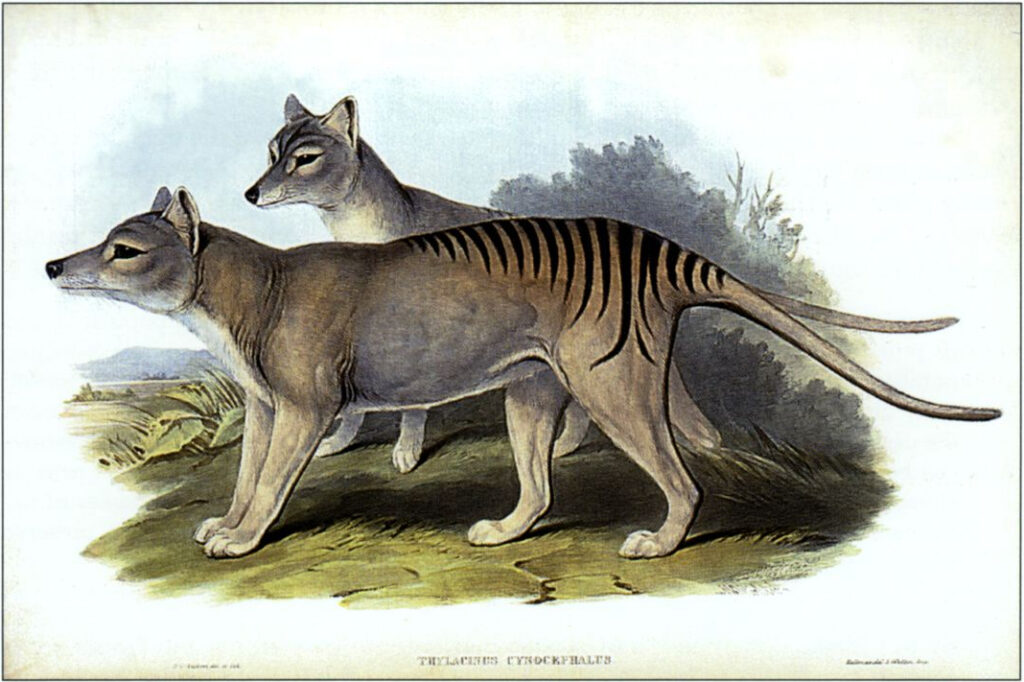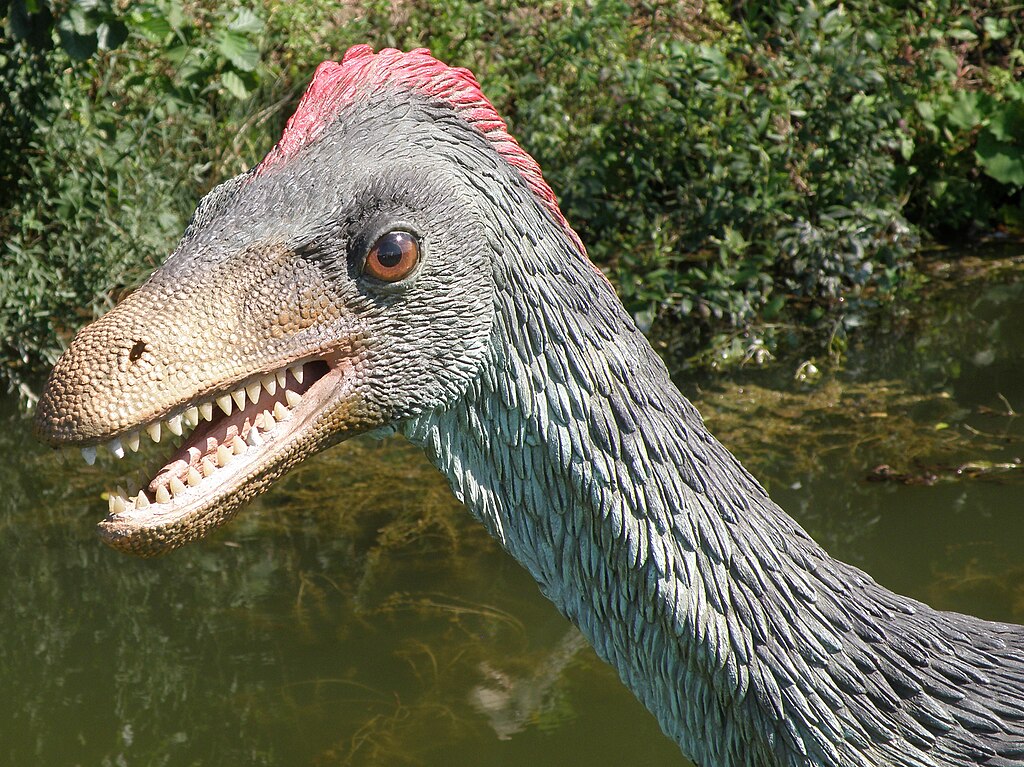Imagine walking through a forest and stumbling upon a creature that shouldn’t exist. Its DNA is perfectly preserved, its cells still viable, and with today’s technology, we could bring it back from extinction. This isn’t science fiction—it’s the reality we face with several species that vanished so recently their genetic blueprints remain intact. The question isn’t whether we can clone them, but whether we should unleash these lost souls back into our world.
The Passenger Pigeon: When Billions Became None
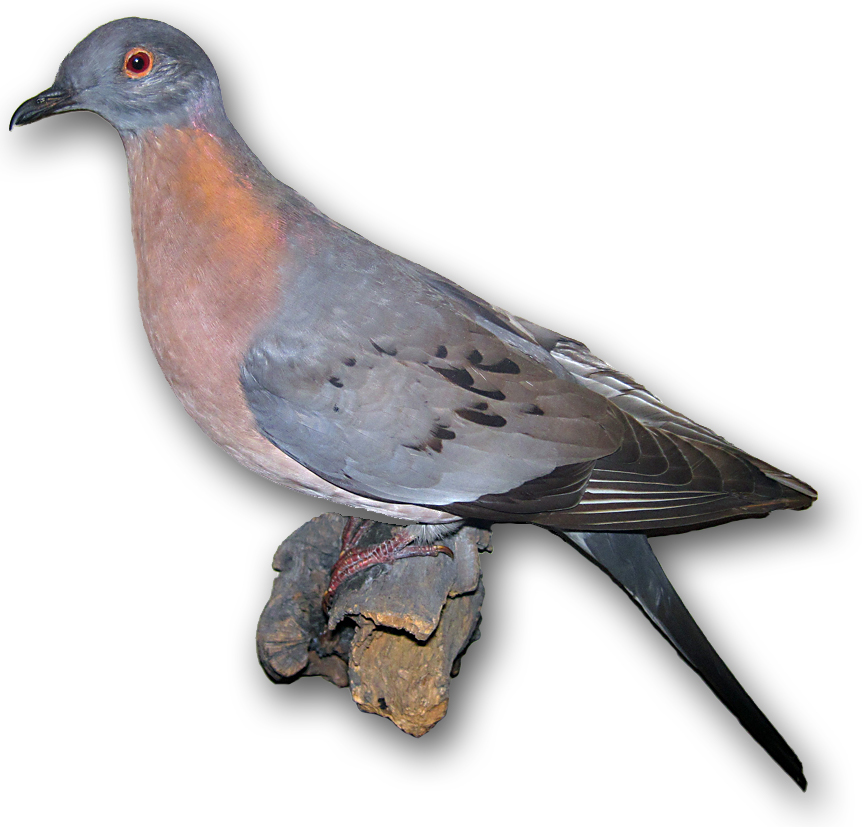
Martha died alone in her cage at the Cincinnati Zoo on September 1, 1914. She was the last passenger pigeon on Earth, marking the end of a species that once numbered in the billions. These birds darkened American skies for days during migration, their flocks so massive they broke tree branches and created their weather patterns.
The passenger pigeon’s DNA remains surprisingly well-preserved in museum specimens. Scientists have already mapped portions of their genome, and the technology exists to potentially resurrect them. Their extinction wasn’t gradual—it was catastrophic, driven by commercial hunting and habitat destruction in just a few decades.
The Tasmanian Tiger: Australia’s Striped Ghost
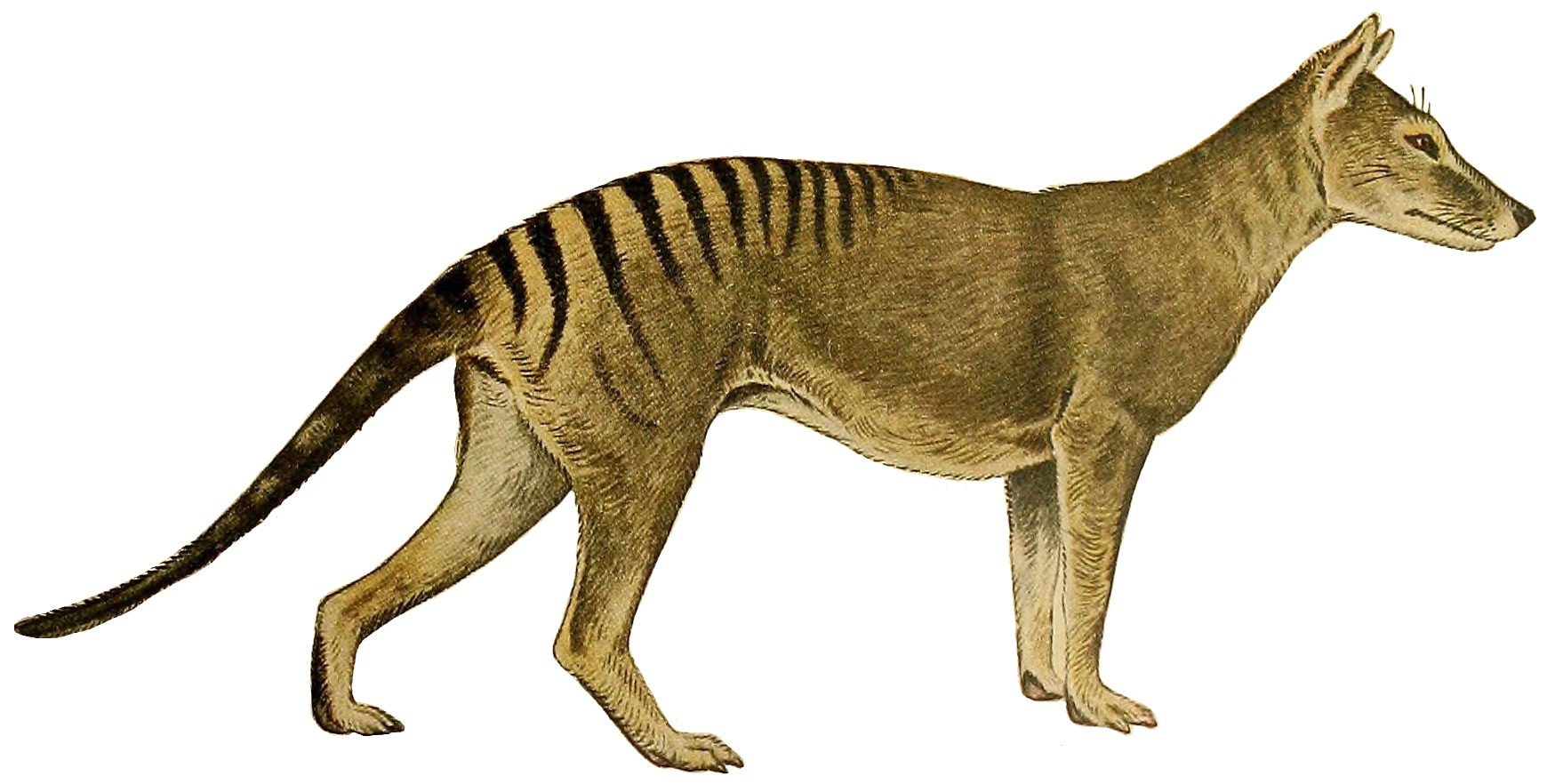
The thylacine, or Tasmanian tiger, was no ordinary predator. With its distinctive stripes and kangaroo-like pouch, it was one of the most unique apex predators ever documented. The last known individual died in Hobart Zoo in 1936, just 59 days after Tasmania’s government finally decided to protect the species.
Multiple research teams have extracted DNA from preserved specimens, including pups preserved in alcohol for over a century. The genetic material is remarkably intact, and some scientists believe we’re closer to cloning a thylacine than any other extinct species. The animal’s unusual reproduction methods, however, present unique challenges that make the prospect both thrilling and terrifying.
The Woolly Mammoth: The Ice Age Celebrity
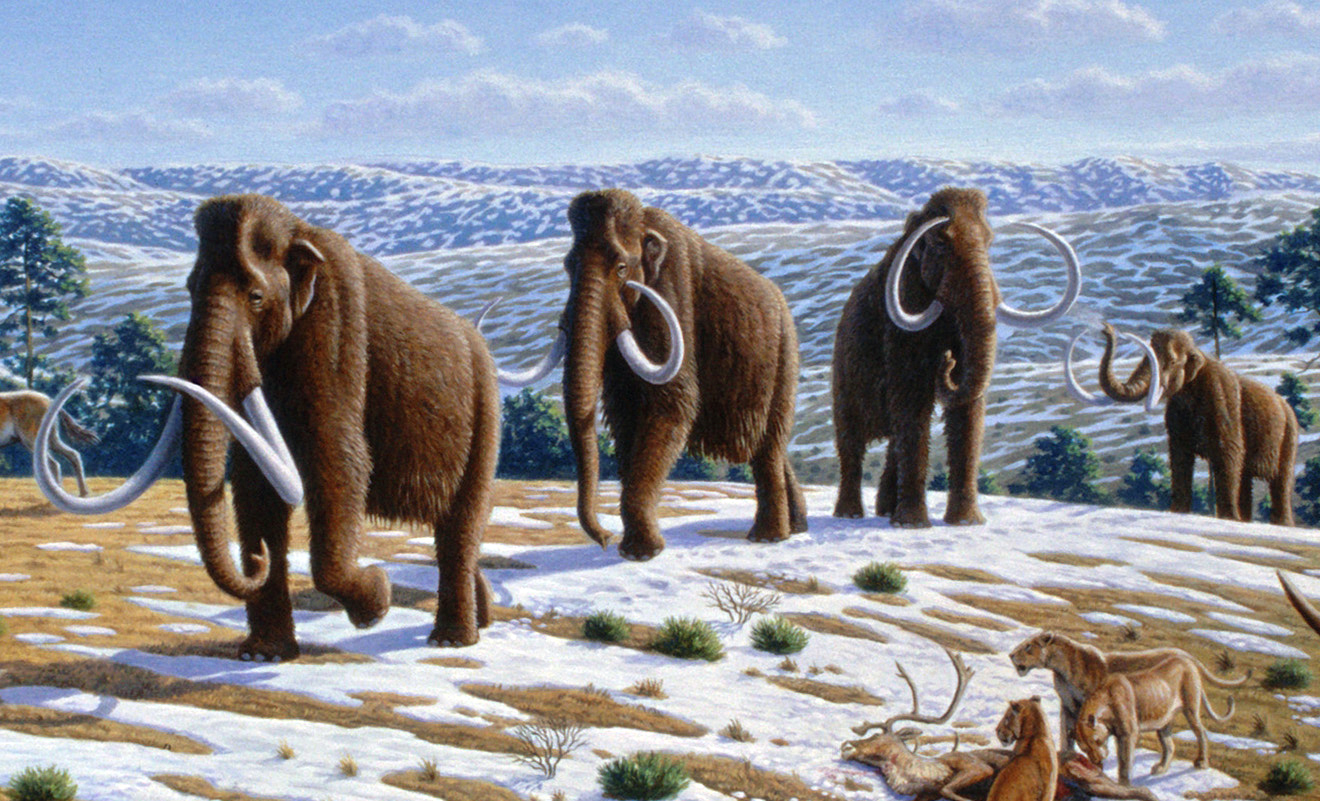
Frozen in Siberian permafrost for thousands of years, woolly mammoths offer the best preserved genetic material of any extinct megafauna. Some specimens are so well-preserved that scientists have found blood still liquid in their veins. These giants roamed the Earth until about 4,000 years ago, making them practically neighbors in geological time.
Harvard geneticist George Church has been splicing mammoth genes into elephant DNA, creating hybrid embryos that carry mammoth traits. The project has moved from theory to practice, with living elephant-mammoth hybrids potentially just years away. The implications are staggering—imagine herds of these ice age giants once again shaping northern landscapes.
The Quagga: Half Zebra, Half Mystery
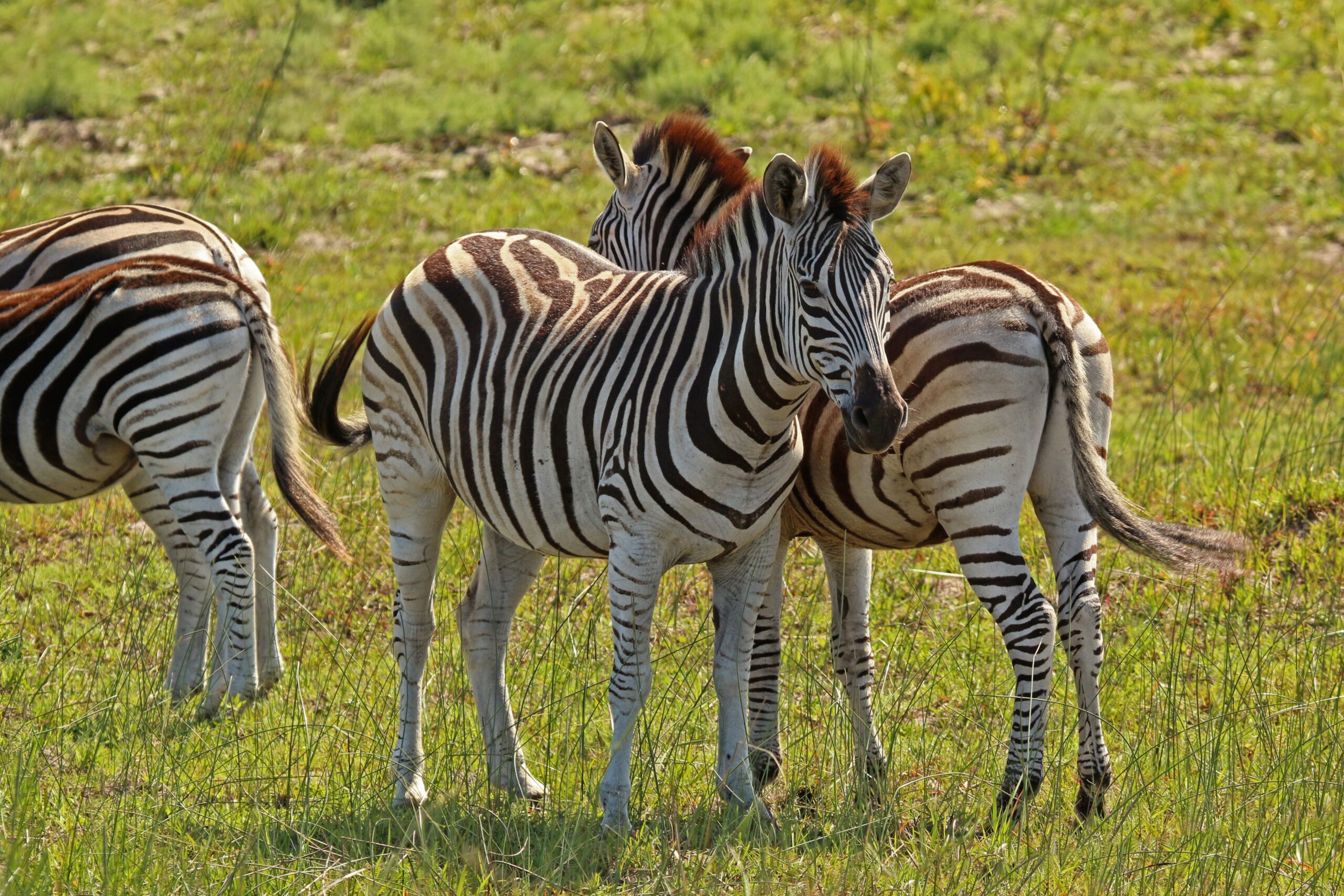
The quagga looked like nature’s unfinished masterpiece—a zebra that ran out of stripes halfway through creation. These unique animals had stripes only on their front portions, fading to brown on their hindquarters. The last wild quagga was shot in 1878, and the final captive individual died in Amsterdam Zoo in 1883.
What makes the quagga particularly fascinating is that it might not have been a separate species at all, but rather a subspecies of plains zebra. This discovery has led to the Quagga Project, which attempts to breed quagga-like animals from zebras that carry similar genes. The project has already produced animals that look remarkably similar to historical quaggas, raising questions about what exactly we’re trying to resurrect.
The Pyrenean Ibex: The First Resurrection Attempt
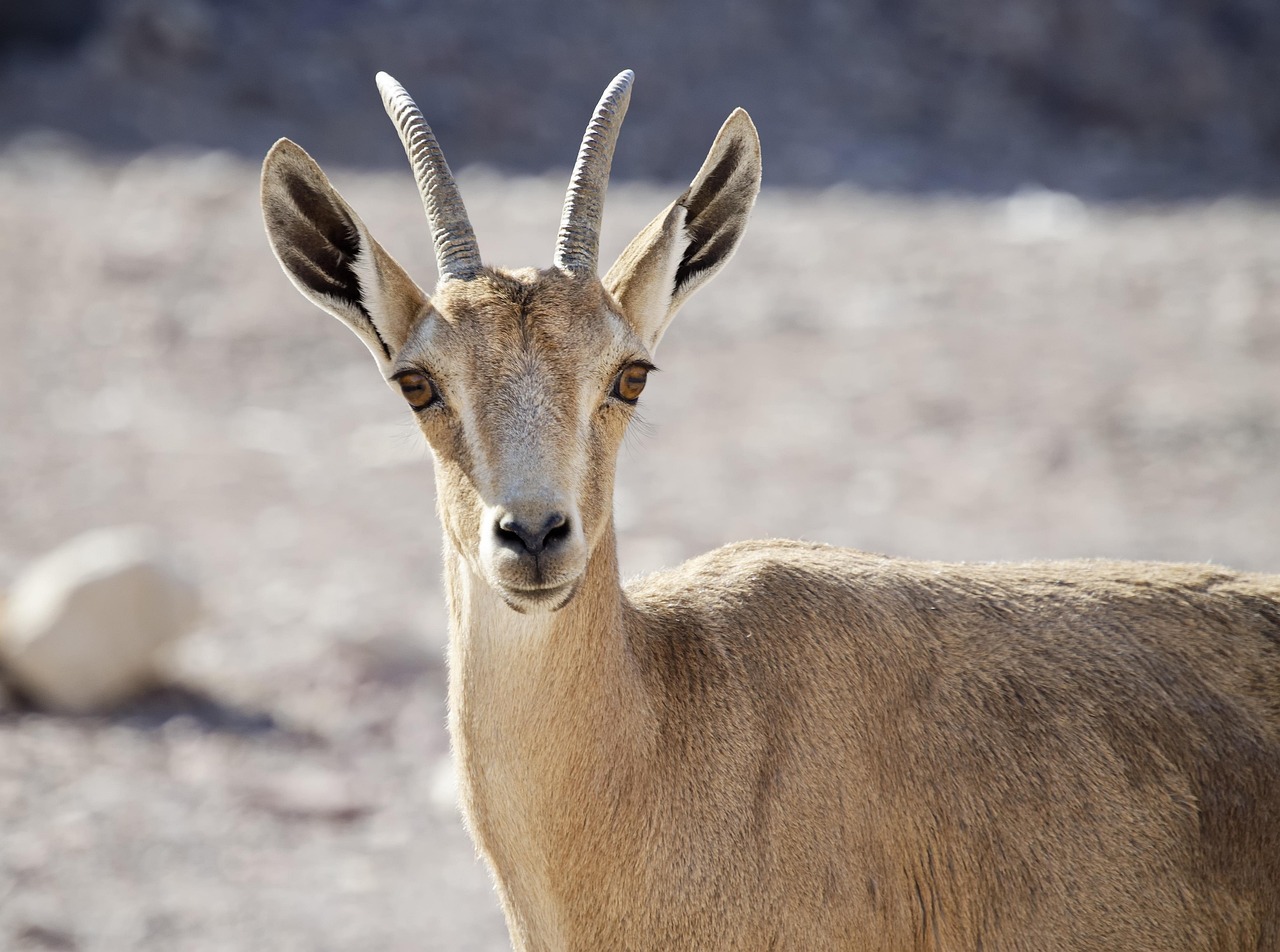
Celia was her name, and she made history twice. First, she became the last Pyrenean ibex when she died in 2000, crushed by a falling tree. Then, she became the first extinct animal to be cloned back to life, even if only for a few minutes. Scientists had preserved her cells, and in 2009, they successfully created a clone, though it died shortly after birth due to lung defects.
The Pyrenean ibex represents both the promise and the peril of de-extinction. The technology worked, proving that resurrection is possible, but the clone’s immediate death highlighted the massive challenges ahead. Their extinction was recent enough that we have detailed knowledge of their behavior and habitat requirements, making them an ideal candidate for future attempts.
The Science Behind the Resurrection

De-extinction requires more than just wishful thinking—it demands cutting-edge science that seems almost magical. Scientists extract DNA from preserved specimens, then use various techniques to reconstruct complete genomes. The process involves filling gaps in degraded genetic material, often using DNA from closely related species as a template.
The most promising technique involves somatic cell nuclear transfer, where scientists remove the nucleus from a donor egg and replace it with genetic material from the extinct species. This process created Dolly the sheep and countless other clones, but applying it to extinct species presents unique challenges. The older the DNA, the more fragmented it becomes, making reconstruction increasingly difficult.
The Ethical Minefield of Playing God
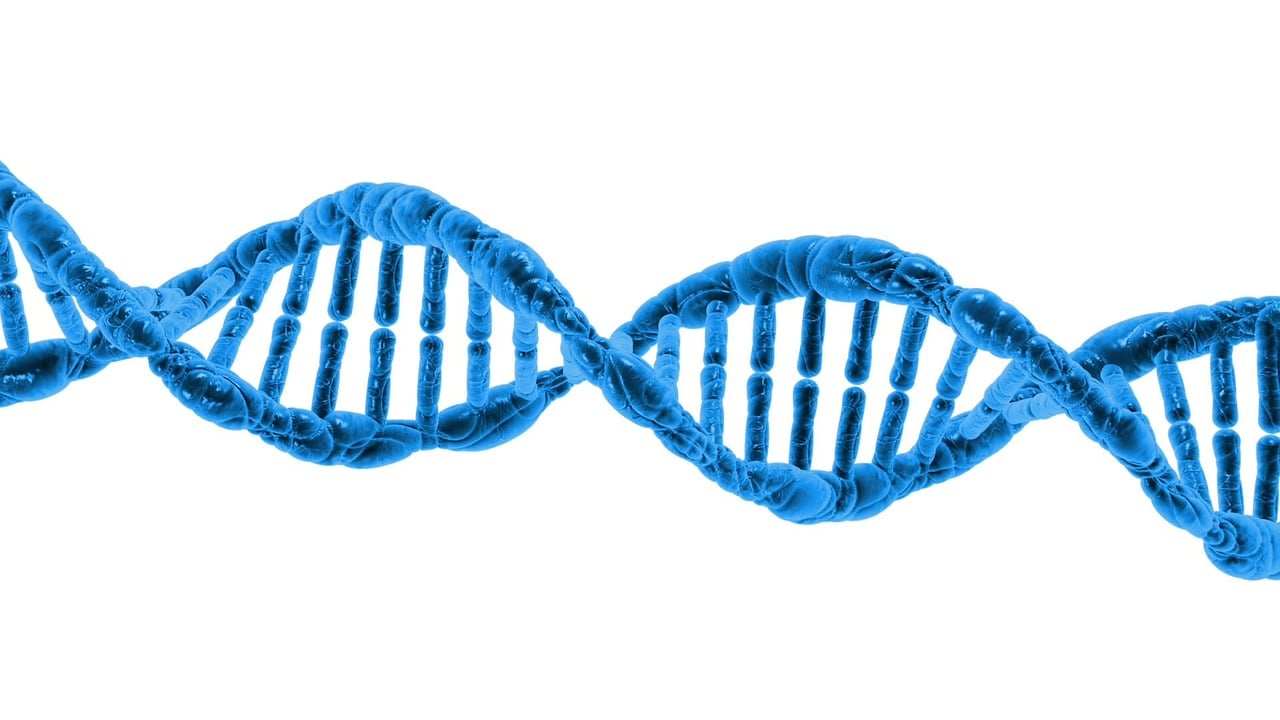
Bringing back extinct species raises profound ethical questions that keep philosophers and scientists awake at night. Are we correcting past mistakes, or are we playing god with nature’s design? Some argue that humans caused these extinctions, making resurrection a moral imperative. Others worry about the resources diverted from protecting currently endangered species.
The psychological impact on the animals themselves presents another ethical dilemma. Imagine being the only mammoth in a world of elephants, or the sole quagga among zebras. These resurrected creatures would be living anachronisms, potentially suffering from profound isolation and confusion. The ethical implications extend beyond individual animals to entire ecosystems that have adapted to their absence.
Ecosystem Disruption: The Butterfly Effect
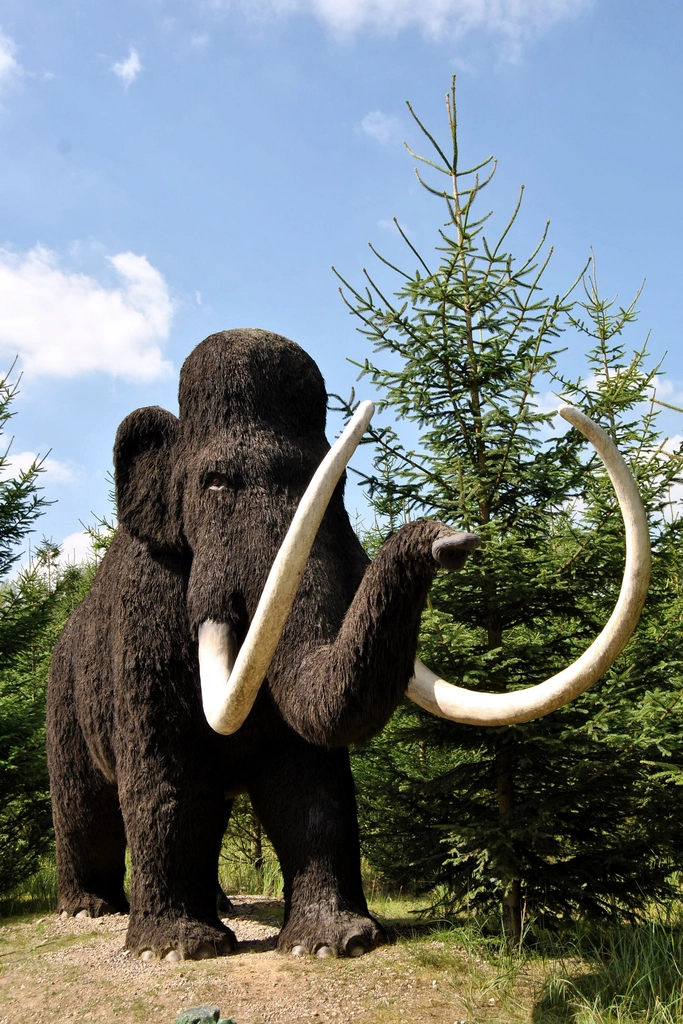
Reintroducing extinct species could trigger cascading effects throughout modern ecosystems. Environments have evolved and adapted during these species’ absence, creating new balances and relationships. The return of a top predator like the thylacine could devastate prey populations that have lost their natural fear responses over generations.
Consider the mammoth’s potential impact on Arctic ecosystems. These giants were ecosystem engineers, trampling vegetation and fertilizing tundra soils. Their return might help combat climate change by restoring grasslands that reflect sunlight and store carbon. But they could also disrupt existing Arctic wildlife that has adapted to mammoth-free landscapes over millennia.
The Technical Challenges That Keep Scientists Humble
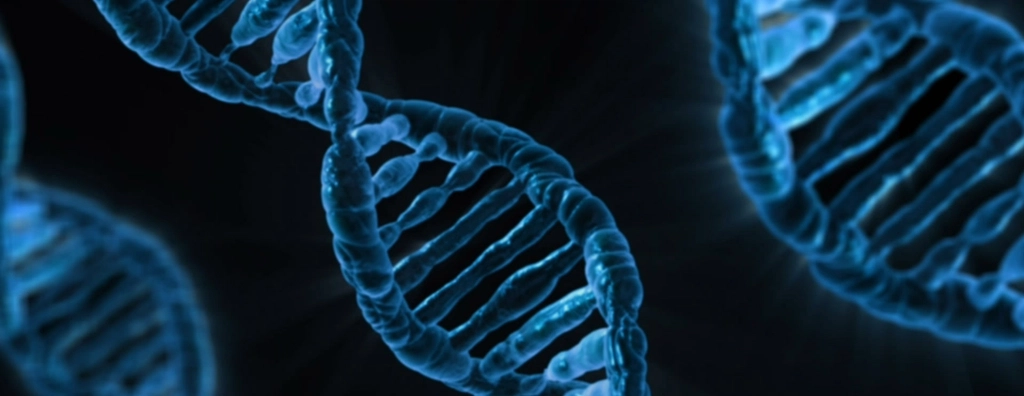
Even with perfect genetic material, cloning extinct species remains extraordinarily difficult. DNA degrades over time, becoming increasingly fragmented and difficult to work with. Scientists must piece together genetic puzzles with millions of missing pieces, often relying on related species to fill gaps. This process can introduce errors that affect the clone’s viability and behavior.
Finding suitable surrogate mothers presents another massive challenge. The closest living relatives might not be close enough—elephant pregnancies last 22 months, but mammoth pregnancies might have been longer. Thylacines had a unique reproductive biology that no living marsupial shares. These technical hurdles mean that even successful cloning attempts often result in animals that die shortly after birth.
The Legal and Regulatory Maze

De-extinction exists in a legal gray area that varies dramatically between countries. Some nations have embraced the technology, while others have banned it entirely. International regulations become complex when dealing with species that crossed multiple borders or lived in what are now different countries. Who owns the rights to a resurrected mammoth—Russia, where most specimens are found, or the international scientific community?
Biosafety regulations add another layer of complexity. Resurrected species might carry ancient pathogens or genetic modifications that could pose risks to existing wildlife. Regulatory agencies struggle to assess risks for technologies that didn’t exist when current laws were written. The legal framework for de-extinction is still evolving, often lagging behind scientific capabilities.
Conservation Controversy: Resources and Priorities
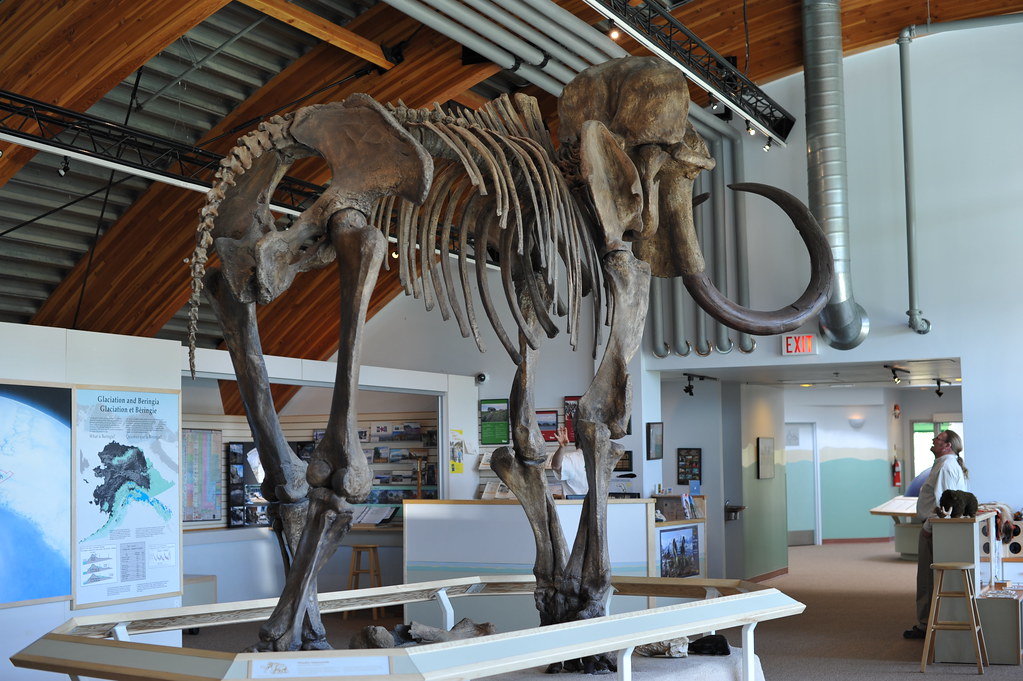
Critics argue that de-extinction diverts precious resources from protecting species that are still alive but endangered. The millions of dollars spent on mammoth research could save dozens of critically endangered species from following the same path to extinction. This creates a moral dilemma: should we focus on preventing future extinctions or correcting past ones?
Supporters counter that de-extinction research advances genetic technologies that benefit all conservation efforts. Techniques developed for cloning extinct species improve our ability to preserve genetic diversity in endangered populations. The publicity generated by mammoth resurrection attempts also raises awareness and funding for broader conservation initiatives.
The Economic Implications of Resurrection
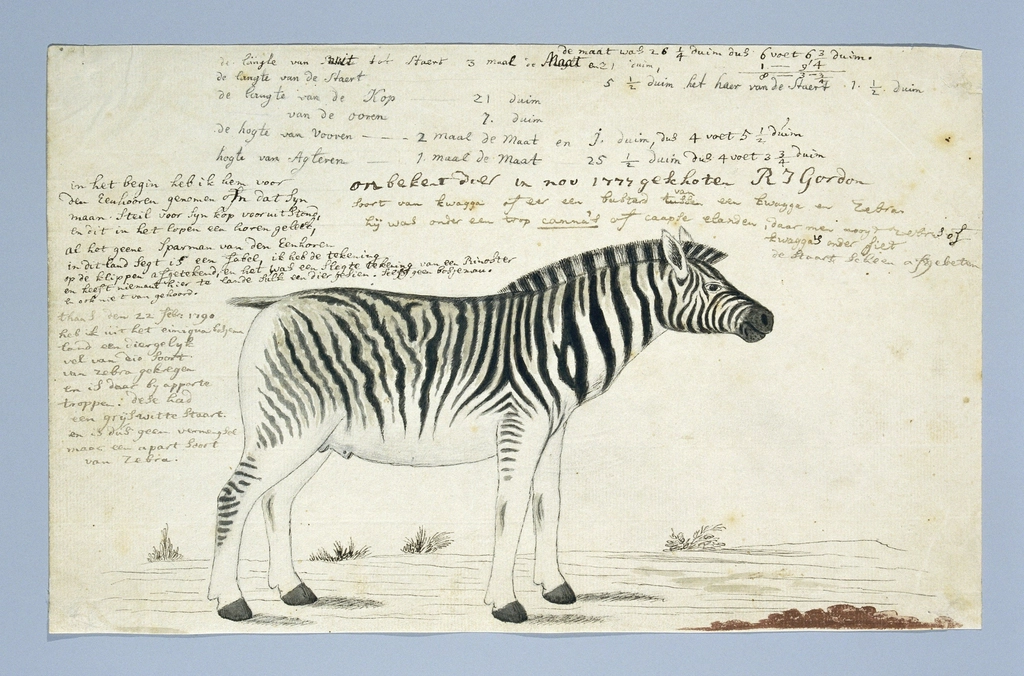
De-extinction could create entirely new industries and economic opportunities. Imagine eco-tourism centered around viewing resurrected species, or the biotechnology sector built around genetic resurrection techniques. Some estimates suggest that mammoth-based tourism alone could generate billions in revenue for northern communities currently struggling with economic challenges.
The costs, however, are equally staggering. Successful de-extinction programs require decades of research, specialized facilities, and ongoing care for resurrected populations. The Pyrenean ibex project has already cost millions of dollars with limited success. These economic realities force difficult decisions about which species deserve resurrection priority and which might be too expensive to justify.
Cultural and Indigenous Perspectives
Many indigenous communities have complex relationships with extinct species that once shaped their cultures and traditions. The mammoth holds deep spiritual significance for numerous Arctic peoples, while the thylacine features prominently in Aboriginal Australian stories and beliefs. These communities often have different perspectives on whether resurrection honors their ancestors or violates natural order.
Some indigenous groups actively support de-extinction efforts, viewing them as a restoration of cultural heritage. Others express concern about scientists tampering with spirits or sacred animals. These cultural dimensions add important voices to the de-extinction debate, reminding us that these species were more than just biological entities—they were integral parts of human societies and belief systems.
The Future of De-Extinction Technology
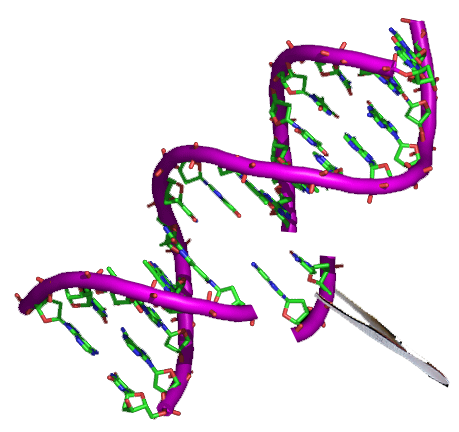
Advances in genetic engineering are making de-extinction increasingly feasible. CRISPR gene editing allows scientists to make precise modifications to existing species’ DNA, potentially creating functional equivalents of extinct animals. This approach sidesteps some cloning challenges by using living species as starting points rather than trying to resurrect entire genomes from scratch.
Artificial wombs and improved preservation techniques could revolutionize the field within decades. Scientists are developing synthetic environments that could gestate extinct species without requiring surrogate mothers from related species. These technologies might make de-extinction more reliable and less dependent on the availability of suitable living relatives.
The Pandora’s Box We’re Opening

De-extinction technology raises uncomfortable questions about humanity’s relationship with nature. If we can resurrect extinct species, what obligations do we have to do so? Should we bring back only species that humans drove to extinction, or do we have broader responsibilities to restore lost biodiversity? The answers will shape how we view conservation, extinction, and our role as planetary stewards.
The technology also blurs the lines between wild and domestic, natural and artificial. A cloned mammoth might carry mammoth genes, but it would be born in a laboratory, raised by humans, and live in a world vastly different from the one its ancestors knew. Are these creatures truly wild animals, or are they elaborate genetic reconstructions designed to satisfy human curiosity and guilt?
Conclusion
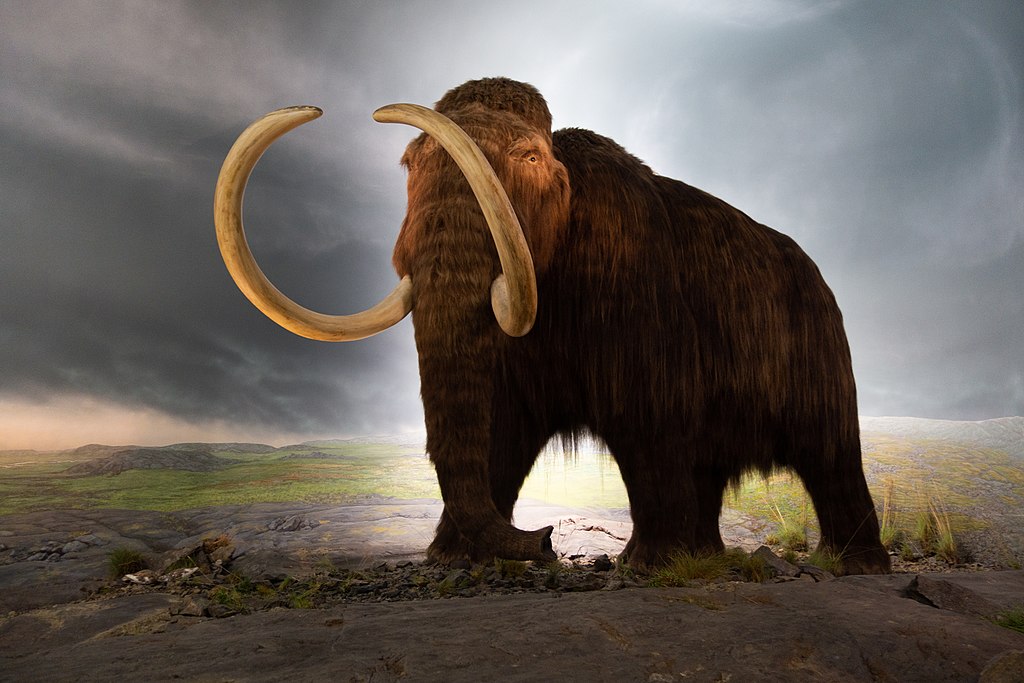
The prospect of resurrecting recently extinct species forces us to confront fundamental questions about life, death, and our responsibilities as the dominant species on Earth. While the technology inches closer to reality, the ethical, ecological, and practical challenges remain immense. Whether we choose to open this particular Pandora’s box may depend less on our scientific capabilities than on our wisdom in wielding such godlike power. The ghosts of extinction are calling to us through preserved DNA and frozen cells, but are we ready to answer their call?

